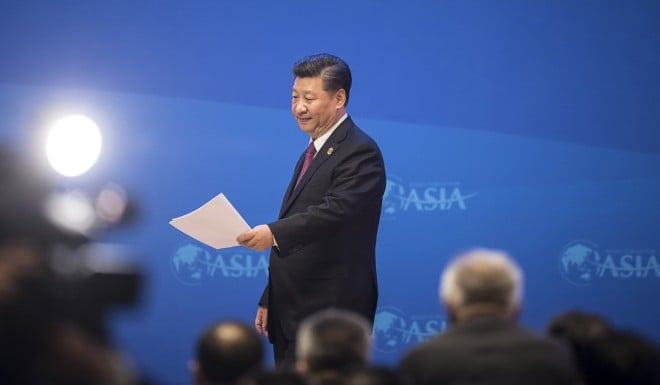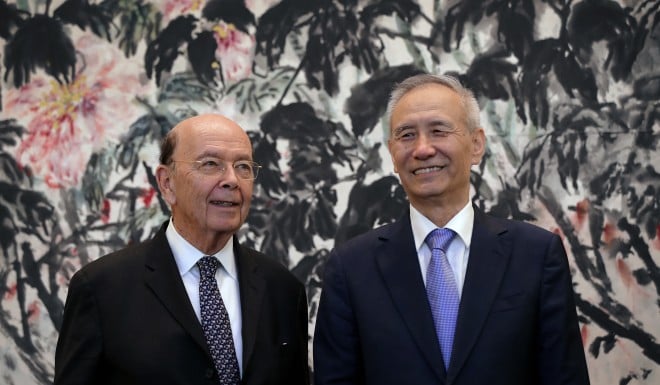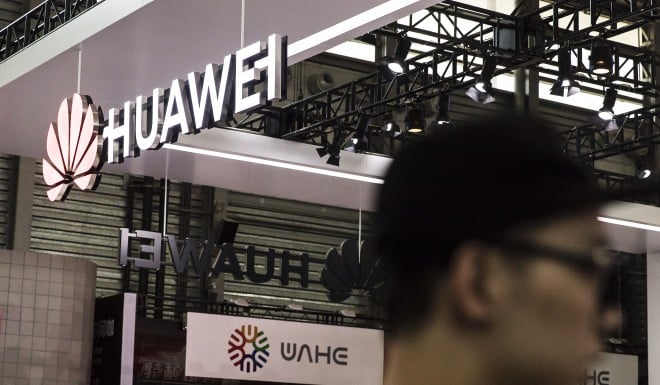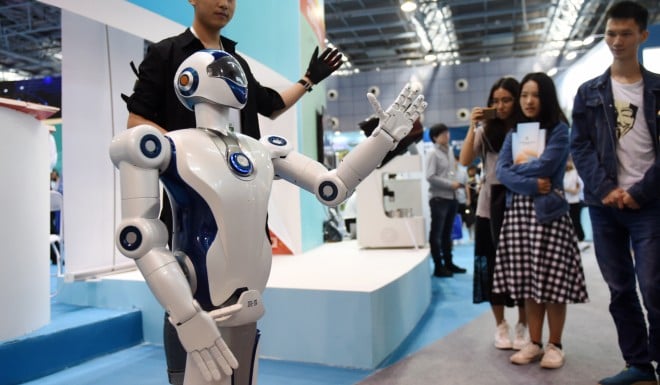Video Games Help Make Lifelong Friendships
Online video games have become one of the most common places for teens to meet their peers and create lifelong friendships. According
to a recent Pew Research Center survey of teens ages 13-17, 72 percent
of all teenagers spend free time playing video games on a computer, game
console or portable device, with 36 percent reporting they have made a
new friend through networked video games. Pew’s research echoes findings
from the ESA’s 2015 Essential Facts About the Computer and Video Game Industry, which found that 54 percent of frequent video game players feel video games help them connect with friends.
According
to a recent Pew Research Center survey of teens ages 13-17, 72 percent
of all teenagers spend free time playing video games on a computer, game
console or portable device, with 36 percent reporting they have made a
new friend through networked video games. Pew’s research echoes findings
from the ESA’s 2015 Essential Facts About the Computer and Video Game Industry, which found that 54 percent of frequent video game players feel video games help them connect with friends.These young video game players also feel a real sense of kinship with their online teammates, especially through voice connections that help them develop and improve friendships. According to Pew, playing online video games helps 78 percent of teens feel more connected to those they already know; 52 percent also report feeling closer to friends whom they only know online.
“It’s an easy way to keep up with friends,” said James Koepke, a student at Stephen F. Austin University in Nacogdoches, Texas. “I have friends going to Ole Miss, UT-Arlington, and the University of Houston. It’s hard for us to meet up. We play games together online. We’ll just chat and may not even play but just talk. We use games to stay in touch.”
National video game retailer GameStop is also highlighting meaningful relationships developed through online game play. Recently, the retailer concluded #SummerAtGameStop, a five-week contest series in which players from across the country submitted personal stories about how playing online video games fostered lifelong relationships.
“Gaming is a great way to get to know someone,” said self-professed lifetime video game player Chris Wiseman, whose relationship with his fiancée developed while playing Halo 4 together. “It’s a team-building and relationship-building experience where you can really learn about the other person.”
Researchers have been observing this trend for decades, prompting the academic world to refer to the online game environment as a “third space,” outside of the home and workplace, where people from different backgrounds come together to reinforce a sense of community.
“Studies have shown that many players establish very positive and close relationships with each other,” Elizabeth Gee, associate director and professor at the Center for Games & Impact at Arizona State University, told the Dallas Morning News. “In some cases, players use online games as a way to have fun with friends and family they also see in the real world, or with other players whom they would never have the chance to meet otherwise.”











